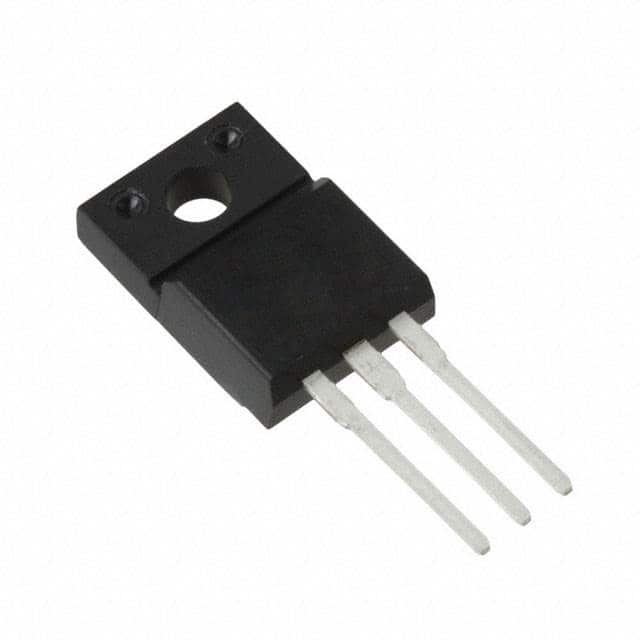Zie specificaties voor productdetails.

2SA1931,Q(J) - Product Overview and Specifications
Introduction
The 2SA1931,Q(J) is a semiconductor product belonging to the category of PNP transistors. This entry provides an overview of its basic information, specifications, detailed pin configuration, functional features, advantages and disadvantages, working principles, application field plans, and alternative models.
Basic Information Overview
- Category: PNP Transistor
- Use: Amplification and switching applications
- Characteristics: High voltage capability, low saturation voltage
- Package: TO-92, SOT-89
- Essence: Power amplification and switching
- Packaging/Quantity: Typically available in reels or tubes containing multiple units
Specifications
- Maximum Collector-Base Voltage (Vcb): 160V
- Maximum Collector Current (Ic): 1A
- Power Dissipation (Pd): 0.625W
- DC Current Gain (hFE): 60 - 320
- Transition Frequency (ft): 150MHz
- Operating Temperature Range: -55°C to 150°C
Detailed Pin Configuration
The 2SA1931,Q(J) typically has three pins: 1. Emitter (E): Connected to the N-type material 2. Base (B): Controls the transistor action 3. Collector (C): Collects the majority charge carriers
Functional Features
- High voltage capability suitable for power applications
- Low saturation voltage leading to efficient switching
- Wide operating temperature range for versatility
Advantages and Disadvantages
Advantages
- High voltage capability enables use in power applications
- Low saturation voltage results in efficient switching
- Wide operating temperature range enhances versatility
Disadvantages
- Moderate DC current gain compared to some alternative models
- Limited maximum collector current compared to higher-power transistors
Working Principles
The 2SA1931,Q(J) operates based on the principles of PNP transistor action, where the flow of current is controlled by the base-emitter junction.
Detailed Application Field Plans
The 2SA1931,Q(J) finds application in various fields including: - Audio amplification circuits - Switching circuits in power supplies - Motor control circuits
Detailed and Complete Alternative Models
Some alternative models to the 2SA1931,Q(J) include: - 2N3906: A widely used PNP transistor with similar characteristics - BC557: Another commonly used PNP transistor suitable for general-purpose applications
In conclusion, the 2SA1931,Q(J) is a PNP transistor with high voltage capability and low saturation voltage, making it suitable for power amplification and switching applications across various industries.
Word count: 366
Noem 10 veelgestelde vragen en antwoorden met betrekking tot de toepassing van 2SA1931,Q(J in technische oplossingen
What is 2SA1931,Q(J?
- 2SA1931,Q(J is a PNP transistor designed for high-speed switching applications.
What are the typical applications of 2SA1931,Q(J?
- It is commonly used in audio amplification, voltage regulation, and general purpose switching circuits.
What is the maximum collector current of 2SA1931,Q(J?
- The maximum collector current is 1.5A.
What is the maximum collector-emitter voltage of 2SA1931,Q(J?
- The maximum collector-emitter voltage is 160V.
What is the power dissipation of 2SA1931,Q(J?
- The power dissipation is 1.5W.
What are the key features of 2SA1931,Q(J?
- Some key features include low saturation voltage, high current capability, and high hFE linearity.
What is the pin configuration of 2SA1931,Q(J?
- It typically has three pins: emitter, base, and collector.
What are the recommended operating conditions for 2SA1931,Q(J?
- It is recommended to operate within a temperature range of -55°C to 150°C and a collector current of 1.5A.
Can 2SA1931,Q(J be used in audio amplifier circuits?
- Yes, it is suitable for use in audio amplifier circuits due to its high current capability and low saturation voltage.
Where can I find the detailed datasheet for 2SA1931,Q(J?
- The detailed datasheet can be found on the manufacturer's website or through electronic component distributors.

